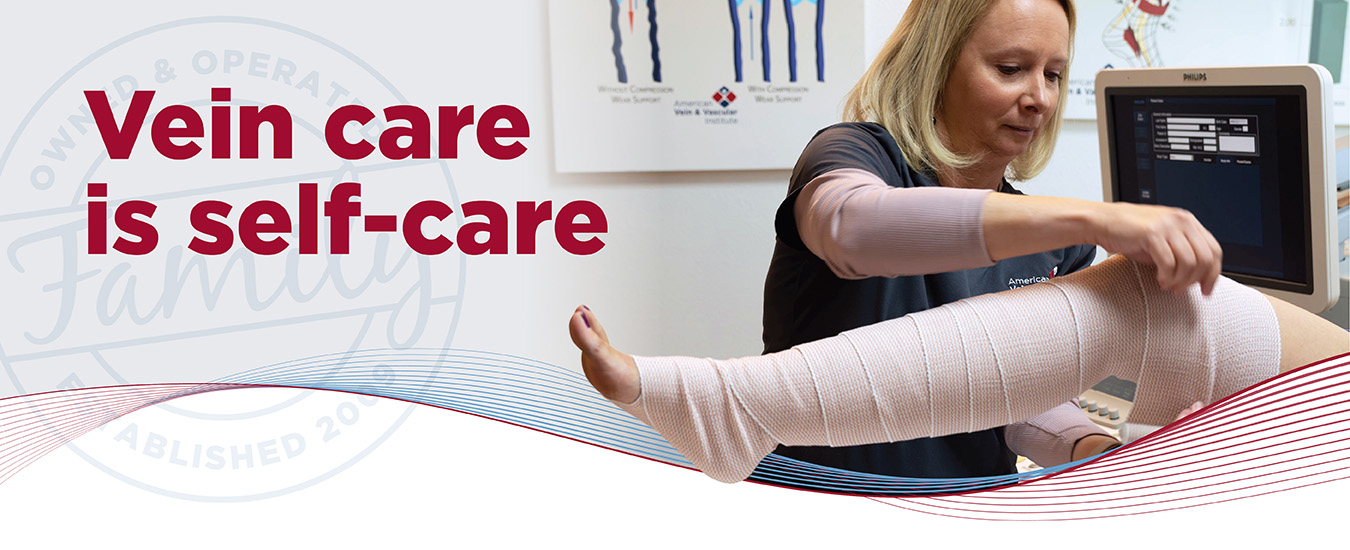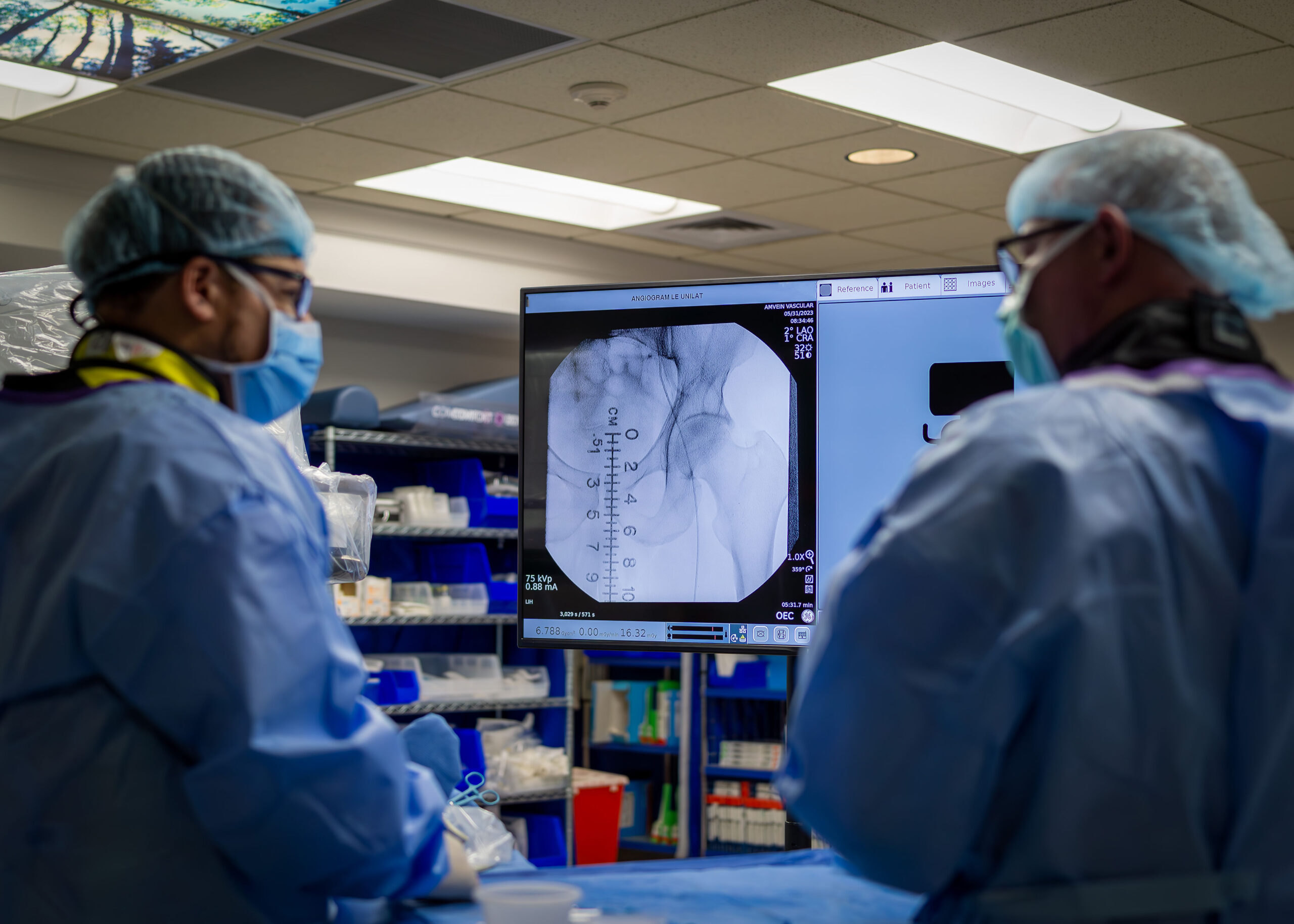Healthcare is a journey – one that requires a partner. That’s us!
American Vein & Vascular Institute is a world-class network of vein and arterial diagnosis and treatment centers. Co-founded in 2009, Gordon Gibbs, MD, and Erin Gibbs, opened the first family owned and operated clinic in Pueblo, CO and are now Colorado’s largest network of vein and vascular clinics.
We believe in strong relationships with our patients and their healthcare providers and truly find joy in living out our companies’ mission of:
Delivering patient care with energy… to and from the heart.







